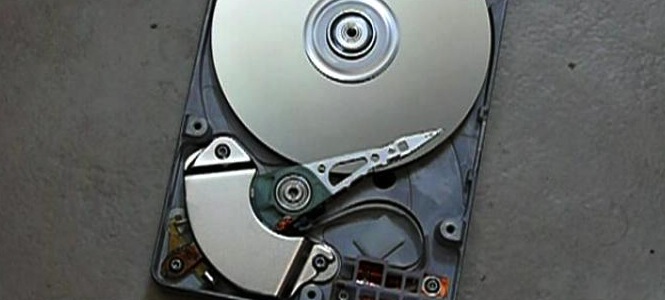Blog / Random thoughts and musings.

Bad weekend for hard disks
The Linux server in the basement crashed Saturday, and after some diagnosis, it turned out to be a failed 500 GB internal hard disk. The drive was the “backup” disk for the two 250 GB data disks in the Linux server, our two MacBooks, my desktop Mac, as well as for a variety of content I have hosted elsewhere, such as mfischer.com (at techno’s co-lo), lrr.org (at bluehost.com), etc. I had rsnapshot set up to make incremental backups of all these other disks every 4 hours to the 500 GB disk. So, losing it wasn’t the end of the world, since it was just backups of the original data. I went onto NewEgg.com on Saturday and ordered a new 1 TB disk for $139 including 3-day delivery.
A few minutes later, Kathie returned from Scott and Sue‘s, and announced that the hard disk in Scott’s MacBook had just died. Interestingly, the hard disk in my MacBook (purchased the same day as Scott’s) failed about two months ago, a couple weeks before the 1-year warranty ended.
So, while anxiously waiting for my new 1 TB disk to ship so I could start keeping backups again, today another disk in the Linux server failed. This time it was one of the two 250 GB disks. Now, I have no backups, so the data is gone. I did get lucky though, since it was the disk containing my music archive, which means all I have to do is re-rip 600 CDs into FLAC format. Not fun, but also not very urgent. The other 250 GB disk has all the important stuff… years of documents, photos, software I’ve developed, etc. If that disk had failed instead of the music disk, I’d be in sad shape right now.
So, I spent the evening frantically backing up everything I could from the “important” disk to various other places in the house (spare space on the desktop Mac, laptops, etc.). That’s done, so I’m at least going to sleep knowing I have a backup of the important stuff “just in case”. I also ordered a second 1 TB disk which I’ll be putting in Scott’s house as an off-site backup. Considering the cost of hard disks these days, it doesn’t hurt to be overly cautious.

Pablo
August 25, 2008Unforunate. I feel like we’re dying for a good secondary backup solution. I did them math for S3 and it’d cost you >$70 / month to keep 500gb backed up on S3. I think what we really need is a cheap way for a group of people like ourselves to buy into a shared storage system that we host in our home for secondary backup. It could synchronize over night and have raid-5 style redundancy. Basically GFS for home users. Did I mention encryption?
Sorry you’re having a bad month!
Sergei
August 25, 2008I’ve been using a Drobo for a while. While it’s not that fast, it works as advertised. It reprotects the data after a failure, so provided that you have enough space, it’s feasible for it to tolerate a double failure. You can pick them up for $350 now.
nick
August 29, 2008Yikes. you scared me into me prying open the wallet for an additional $139 :)
reinkefj
September 12, 2008I have an account on MOZY but wouldn’t recommend. The software doesn’t work flawlessly. I have a Time Machine with my new MacBookAire. It DOES seem to work flawless. Of course, I haven’t had to do a restore yet. YMMV, good luck, fjohn
Georges
February 20, 2009My advice would be to install your server using the software RAID1 module. You would have two perfectly mirrored disked and have a crash nearly transparent (the server would continue to be up and running). Facing a crash, you would just to buy another disk, use “sfdisk” to recreate the partition on the new one and use “mdadm” to resync both harddrive, without having to halt your server (except when plugging the new HD ;)). That’s a cheap but efficient and performant solution. Don’t use HW raid card because they have special mapping on the disks, making difficult to work on them without having the HW card. Worst: when your HW raid card is dead, you’re f’ed.
Some info about it